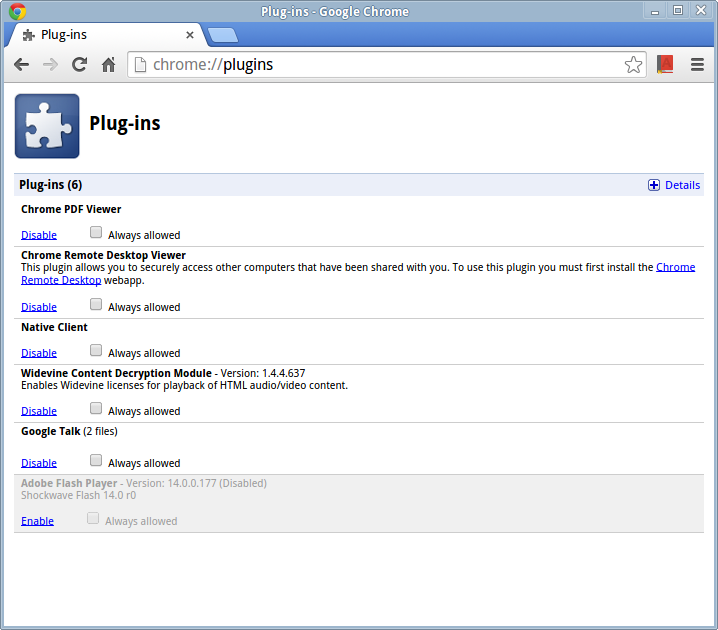
The writing’s already on the wall for Flash at some of those sites: last December, Facebook switched to HTML5 for most video content, and, in September, Amazon dumped Flash ads. Google’s “allowlist” could change by the time its new policies kick in at year end. The other nine top hotbeds of legacy Flash use: Facebook, Yahoo, VK.com,, , OK.ru,, Amazon, and. According to VentureBeat, that list starts with Google’s very own.

To keep user prompts down to a dull roar, Google says it’ll temporarily exempt the ten sites generating the highest Flash usage.

#Google chrome how to update flash player download
If a site doesn’t notice Chrome’s hidden Flash Player, and directs a user to ’s download page, Chrome will cancel that navigation and offer the user the option of activating the copy of Flash Player it keeps squirreled away for such occasions. If the user accepts, Chrome will advertise the presence of Flash Player… refresh the page… honor the user’s setting for that domain on subsequent visits. When a user encounters a site that needs Flash Player, a prompt will appear at the top of the page, giving the user the option of allowing it for a site. Google has quietly passed the word that HTML5, rather than Flash, will soon become the default experience in Chrome wherever the choice is available.įlash Player will still be bundled with Chrome for the time being, but by the end of the year it’ll be hidden away like some embarrassing distant relative, listed neither in the plugins list or as a supported media (MIME) type.

Adobe Flash, long the Swiss cheese of the security world, took another meaningful step this week towards well-earned extinction.


 0 kommentar(er)
0 kommentar(er)
